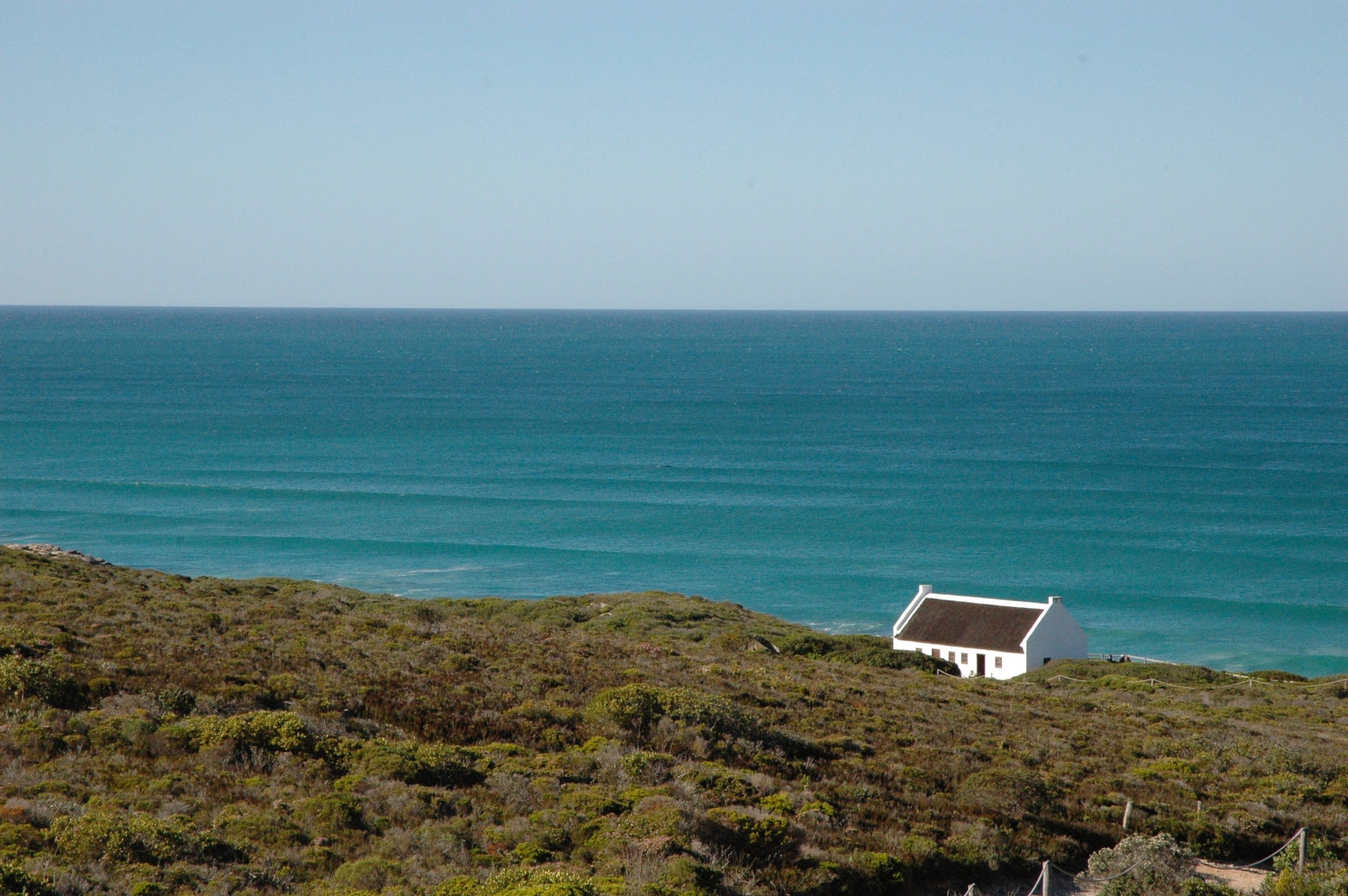As we rounded the corner, I swore. Cars were parked on both sides of the road, a long way from the entrance to the restaurant in Magaliesberg. It just got worse: there were at least five times as many vehicles as I had seen on our two previous visits to the place. So we moved on, finding a smaller, yet much less crowded (with people) place further up the road.

Local South African getaways. Image: Brendan Seery
Never mind the Covid paranoia – the mass of people at the first eatery meant social distancing would probably not be that great. And, heaven knows how long we would wait for service and for our meals.
Perhaps it was a long weekend and many people stayed in Joburg because they are going away at Easter. Whatever the reason, I do not like crowds. Or at least I don’t mind crowds … in places like New York and London. The Magaliesberg?
Not so much. I also didn’t miss the irony that here, in the supposed “countryside”, it was Sandton City all over again. Over the years, I’ve gone out of my way to avoid people and have noticed it’s becoming more difficult as the population expands. In Africa, one would think it is easy to get out into the wild, yet in Gauteng, that is not always the case.

Local getaways. Image: Brendan Seery
This is a province with a population of 12 million and you really have to travel at least three hours to truly “get away from it all”. By contrast, my daughter, who lives in Cardiff, went for a forest hike (it was wild and there were few people around, she said) just 10 minutes from her flat in the city suburbs.
I’ve been on holiday in Ireland, in the teeth of winter, and gone walking through the snow for miles without meeting another human being (although once, the sound of their shotguns as they hunted foxes did shatter the perfect, cottonwool-wrapped peace).

Local getaways. Image: Brendan Seery
In Spain, I’ve walked along a 3km-long pristine beach at the beginning of winter (temperature still in the low 20s, though) when there were less than half a dozen people around.
That’s why – and I know this will enrage the fans – I don’t particularly like Kruger National Park. Too many people, too many huge SUVs, too many restaurants, too many tarred roads.
I concede that I have been fortunate, as a travel writer, to enjoy many private lodges and have had some amazing sighting of the Big Five.
But, at the same time, I’ve paid my own money to sit at a viewsite high in the Waterberg Mountains in Marakele National Park, disturbed only by the faint rustling above me of the wings of vultures gliding past for a look.
I’ve been able to scare my kids in the Kuiseb River camp site in the Namib Desert, by telling them around the campfire that, no matter what direction they go from there, they will not encounter another human being for at least 80km.
If you pick your beaches in this country – some of the finest in the world – you can also have golden sand and crashing waves almost to yourself. The South Coast of KZN is especially good, even in holiday season, if you want to feel, for a while anyway, like Robinson Crusoe cast away on an island.
Sadly, for ordinary mortals like us, the reality in the travel business is that people with money are willing to pay for space and solitude … and luxury properties are being developed.
Such a place is Lapalala Wilderness in the Waterberg, which is a magical space of sparking rivers, rock formations and peaks. We used to travel there regularly and stay in sprawling, affordable self-catering cottages. No more. It’s a five-star hotel which has exclusive use of the 5 000 hectare reserve these days.
There are still places out there – like the Breedt’s Nek pass in the Magaliesberg – which offer space and solitude. That’s because the road is so bad you need an expedition type 4×4 to get to the top.
Sometimes, though, when I want to get away from it all, I sit in our garden, fire up the braai as the two dogs and a cat circle, hoping for scraps – and enjoy the peace.
READ NEXT: WATCH: A weekend getaway in Johannesburg
For more news your way, download The Citizen’s app for iOS and Android.

